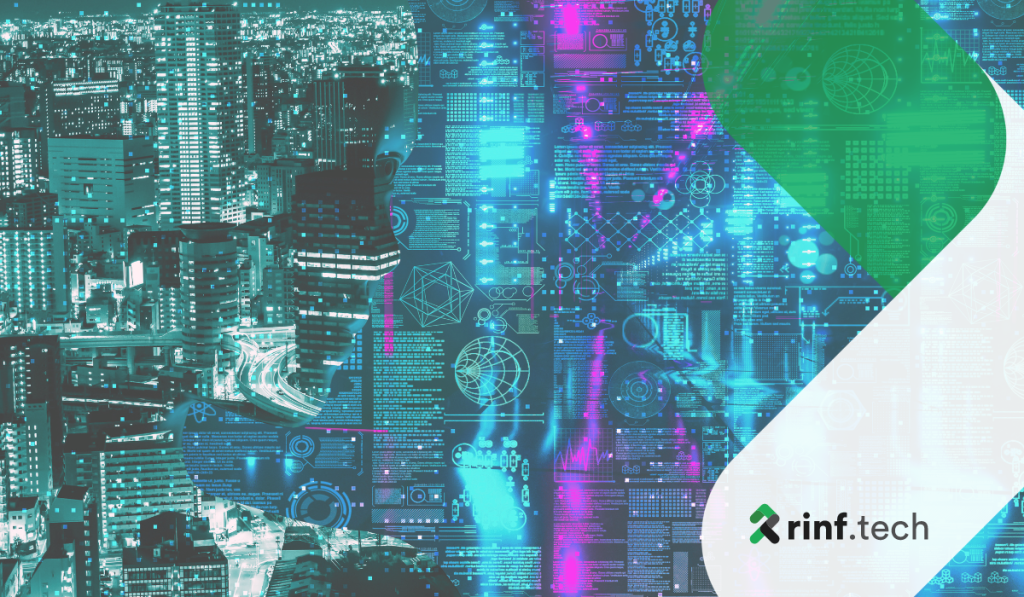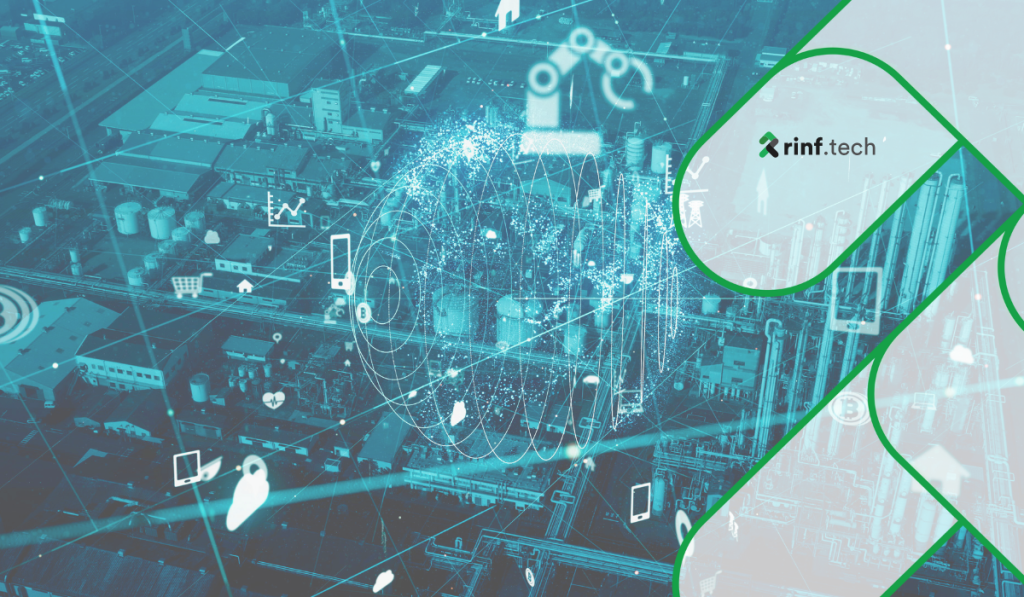
GenAI Use Cases in Business-as-Usual
Exploring GenAI’s significant impact on business-as-usual processes, highlighting Top 5 use cases.
Digest #1
Intelligent automation is the fastest growing area of corporate technology investment. The potential for productivity gains with automation tools is broad and deep. But when companies look for places to apply these tools, they often fall into two common traps: chasing quick and easy wins with little impact or pursuing big, ambitious projects that provide significant strategic advantages. However, they should focus on the third option: projects that build their capacity.
This article provides a comparison between NB-IoT and LTE-M protocols and explores how NB-IoT facilitates energy-efficient and latency-tolerant IoT solutions for hard-to-reach locations.
Over the past decade, APIs have become indispensable for application development teams.
They allow developers to easily add new features to their applications by connecting to various sources such as databases, devices, and other APIs.
APIs also help companies streamline their business processes by automating and improving the customer experience. But is it worth investing in API-based automation?
Can APIs bring value to your business and development team?
In this article, you’ll find ten signs that you should invest in API automation.
The use of AI and ML for disaster recovery and process automation to accelerate incident response and provide predictive data for disaster recovery management are the main benefits of these technologies. However, they don’t come without challenges.
The limited amount of sufficient and suitable training data, the correlation of latent events due to the lack of alternative data sources, anomalies and outliers, and unforeseen events (“black swans”) can’t be predicted with a high degree of certainty. Therefore, human intervention and the maintenance of adaptive learning in the cycle are mandatory.
The global supply of semiconductors is still limited, and this has a direct impact on European manufacturers.
An April 2021 study by the European Central Bank (ECB) identified major bottlenecks in key manufacturing industries that rely heavily on semiconductors. For example, the automotive industry in Europe has been hit hard by the shortage of chips.
Under the guise of digital sovereignty, the European Commission (EC) has proposed the European Chip Law to encourage the development of a thriving semiconductor sector from research to manufacturing and a sustainable supply chain. The EU aims to attract more than €43 billion of public and private investment and take measures to prevent, prepare, anticipate and quickly respond to any future supply chain disruption.
Despite the popularity of mobile applications, organizations may choose web IoT applications due to their ease of use and ability to handle and process large amounts of data.
The article addresses why it makes sense to build IoT web apps versus IoT mobile apps and things to consider before making the final choice.
In this tutorial, you will learn about MQTT and have a walk-through of publishing data using an industrial controller and receiving data using an MQTT client.
A recent multinational survey (850 respondents) by IDG sheds light on how AI is rapidly changing the game in efforts to update and modernize IT Service Management (ITSM) and IT Operations Management (ITOM) capabilities. Nearly 70% of IT managers say that AI will be critical in these efforts. This widespread enthusiasm for AI is evidenced by the adoption of the technology in many organizations.
In this webcast, AI experts share their thoughts on how to take advantage of ITSM and ITOM modernization with the right-sized AI.
When you combine Instana and Turbonomic, you get a complete view of the application and infrastructure stack to know the exact resources that affect user response time and prevent resource overload. This means your users get the response time they need, and your IT staff spends less time troubleshooting and more time innovating.
Witekio, Avnet Embedded, Qt, and Microsoft join a webinar to help OEMs and smart device manufacturers choose the right Make or Buy strategy.
5G is available in the consumer market, but what will it bring to the IoT?
Beyond the hype, what benefits does 5G bring to IoT for businesses? How will 5G help them, which IoT applications can benefit the most, and when should organizations start using 5G for IoT?
In this episode, podcasters Daniel Scott Mitchell and Farbod Moghaddam talk about how computer vision works and discuss an application developed by the Technical University of Denmark to help dairy farmers remove weeds from their fields.
This episode discusses a joint smart city initiative by Cary (a U.S. city), SAS, and Semtech to improve utilities and environmental monitoring in the city. Podcasters also evaluate use cases and discuss the right technology stack to balance cost, capability, and convenience.
Steve Hilton of MachNation talks with Marcin Nagi, IoT Product Director at AVSystem, about IoT security, mobile IoT, and new ways to establish a root of trust.
Listen on Apple
Listen on Google
Published in Sensors, Vol. 22(2), 2022
Authors: Samira Afzal, Laisa C., C. De Biase, Geovane Fedrecheski, William T. Pereira, Marcelo K. Zuffo
This paper explores how to connect IoT web applications to LPWAN. An analysis was conducted to examine the number of packets generated for the REST-based IoT use case over LPWAN, specifically Swarm OS over LoRaWAN.
Published in PeerJ Computer Science, Aug 16, 2021
Authors: Omer Ali, Mohamad Khairi Ishak, Muhammad Kamran Liaquat Bhatti
Over the past decade, the Internet of Things (IoT) has expanded dramatically from ultra-low-power hardware design to cloud solutions, and now, with the advent of 5G technology, a new horizon is opening up for edge computing on IoT devices. A wide range of communication technologies has been steadily developed in recent years, representing a broad range of subject areas and communication specifications.
Due to the heterogeneity of technologies and interconnections, the actual implementation of the IoT ecosystem is currently hampered by numerous problems of dynamic integration. In this context, several new IoT domains require a complete overhaul, design, and standardization from the ground up to seamlessly integrate the IoT ecosystem.
This paper investigates The Internet of Nano-Things (IoNT), Internet of Space-Things (IoST), Internet of Underwater-Things (IoUT) and Social Internet of Things (SIoT) with a broad future scope based on their integration and ability to leverage other IoT domains, highlighting their application areas, current research, limitations, and open issues.
Published by Cornell University, Feb 3, 2022
Authors: Brett W. Larsen, Stanislav Fort, Nic Becker, Surya Ganguli
The lottery ticket hypothesis postulates the existence of sparse trainable neural networks. This calls into question the role of overparameterization in network optimization. But why is this so? What are the theoretical foundations, and what determines the degree of sparsity?
Larsen et al. (2021) derive a theory based on the probability of success in reaching the desired set of loss sublevels.
Stay tuned!

Exploring GenAI’s significant impact on business-as-usual processes, highlighting Top 5 use cases.

Delving into the IoT device onboarding requirements, challenges and implementation best practices across smart home, industrial, and healthcare settings.

Delving into the complexities of AIoT, exploring its core principles, current state, challenges, and future trends.